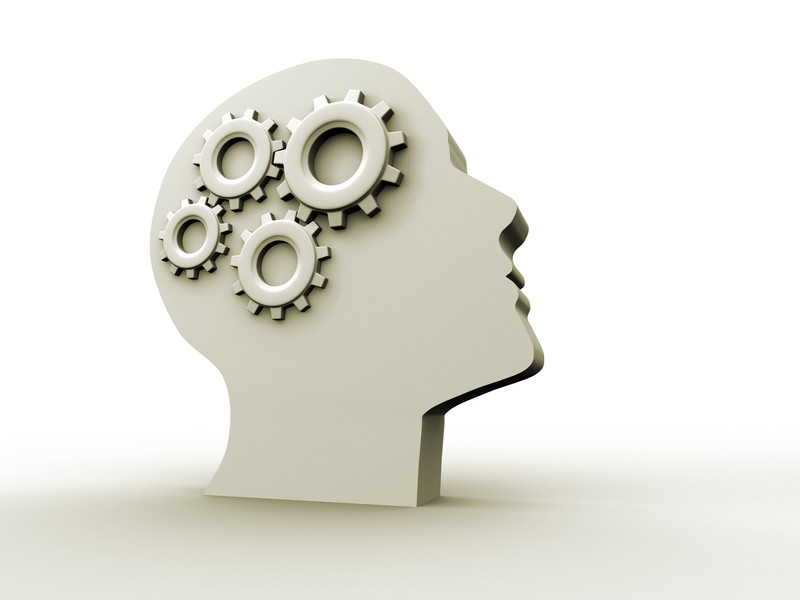Introduction to emotional intelligence
 According to Horn (2013), although many people have certain opinions about emotional intelligence, the numbers of definitions of the term may be equal to the numbers of authors who addressed this issue.
According to Horn (2013), although many people have certain opinions about emotional intelligence, the numbers of definitions of the term may be equal to the numbers of authors who addressed this issue.
Emotional intelligence has been defined as “the potential to be aware of and use one’s own emotions in communicating with oneself and others and to manage and motivate oneself and others through understanding emotions” (Wharam, 2009, p.11). Alternatively, Bradberry and Greaves (2009) define emotional intelligence as the ability of individuals to understand, express and control their emotions.
According to Barrows and Powers (2009) as taken from Oxford English Dictionary hospitality means “the perception and entertainment of guests, visitors or strangers with liberality and good will” (Barrows and Powers, 2009, p.4)
Chakraborty and Konar (2009) identify four important attributes of emotions as intensity, brevity, partiality and instability. Intensity relates to the extent of strengths of emotions. Brevity, as an important attribute of emotion relates to its duration. Partiality, on the other hand, is a target such as person or object towards whom or which emotion is directed. Lastly, instability relates to transient psychological and physiological processes experienced by people.
According to Bradberry and Greaves (2009) emotional intelligence accounts for 58% of performance for all kinds of jobs. However, Bradberry and Greaves (2009) do not explain methods used to obtain this specific figure and this fact compromises the value and validity of their claim. Moreover, according to Bradberry and Greaves (2009) the levels of personal competence are based on self-awareness and self-management, whereas social competence is based on social awareness and relationship management.
Four components of emotional intelligence
Source: Bradberry and Greaves (2009)
According to Sparrow and Knight (2009) emotions are associated with physiological change such as acceleration of the rate of heartbeat, changes in blood pressure and facial expressions, changes in voice and manners of speaking etc. A serious weakness of the work of Sparrow and Knight (2009), however, is that, authors fail to explore link between specific emotions and relevant changes.
Chakraborty and Konar (2009) specify core emotions as fear, anger, disgust, sadness, surprise and joy, and convincingly argue each individual has core emotions, also there are differences between individuals in terms of proportion and tendency to express each particular core emotion.
MTD Training (2010), on the other hand, specifies fears and desires as a primary base of many other emotions. Major types of fears and desires are specified by MTD Training (2010) in the following manner:
| Fears | Desires |
| Fear of disapproval
Fear of rejection Fear of failure Fear of losing control Fear of dying Fear of losing our jobs Fear of offending others Fear of being alone Fear of pain Fear of uncertainty |
Desire for wealth
Desire for happiness Desire for success Desire for acceptance Desire for security Desire for certainty Desire for pleasure Desire for power Desire for growth |
Major types of fears and desires
Source: MTD Training (2010)
Blell (2011), on the other hand, stress highly subjective and individual nature of emotions. According to Blell (2011), each person is unique in terms of experiencing the nature and the levels of intensity of emotions and this depends on a wide range of factors such as age, cultural background, personal traits and characteristics, and others.
According to Wharam (2009) the history of emotional intelligence dates back two thousand years age when Plato wrote “all learning has an emotional base”. Wharam (2009) explain different stages of evolution of emotional intelligence as a social science, by highlighting prevailing ideas at each stage in a detailed manner.
Interestingly, Bradberry and Greaves (2009) do not recognize connection between IQ and emotional intelligence. They argue that “there is known connection between an IQ to and emotional intelligence; you can’t simply predict emotional intelligence based on how smart someone is” (Bradberry and Greaves, 2009, p.18).
References
Barrows, C.W. & Powers, T. (2009) “Introduction to Management in the Hospitality Industry” John Wiley & Sons
Blell, D.S. (2011) “Emotional Intelligence: For the Authentic and Diverse Workplace” iUniverse
Bradberry, T. & Greaves, J. (2009) “Emotional Intelligence 2.0” Talent Smart
Caligiuri, P., Lepak, D.& Bonache, J. (2010) “Managing the Global Workforce” John Wiley & Sons
Chakraborty, A. & Konar, A. (2009) “Emotional Intelligence: A Cybernetic Approach” Springer Publications
Chapman, M. (2011) “Emotional Intelligence Pocketbook” Pocketbooks
Cole, G.A. (2004) “Management: Theory and Practice” 6th edition, Cengage Learning
Horn, C. (2013) “Emotional Intelligence: Personal Growth and Achievement through E.I. Skills Development” Wheatmark, Inc
Khan, J.A. (2008) “Research Methodology” APH Publishing Corporation
Kumar, V.P., Ramesh, K. & Kumar, V.V. (2011) “Work Life Balance – A Quality of Life Technique” VDM Publishing
Pping, L.K. & Klopping, L. (2012) “Work-Life-Balance” GRIN Verlag
Rosenberg, J.M. (2012) “The Concise Encyclopedia of The Great Recession 2007 – 2012” Scarecrow Press
Sparrow, T. & Knight, A. (2009) “Applied Emotional Intelligence: The Importance of Attitudes in Developing Emotional Intelligence” John Wiley & Sons
Verick, S. & Islam, I. (2010) “The Great Recession of 2008-2009: Causes, Consequences and Policy Responses”
Werner, S., Schuler, R.S. & Jackson, S.E. (2012) “Human Resource Management” Cengage Learning
Wraham, J. (2009) “Emotional Intelligence: Journey to the Centre of Yourself” John Hunt Publishing

